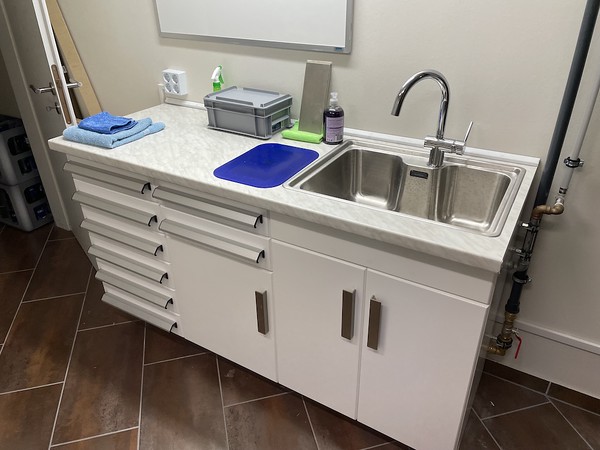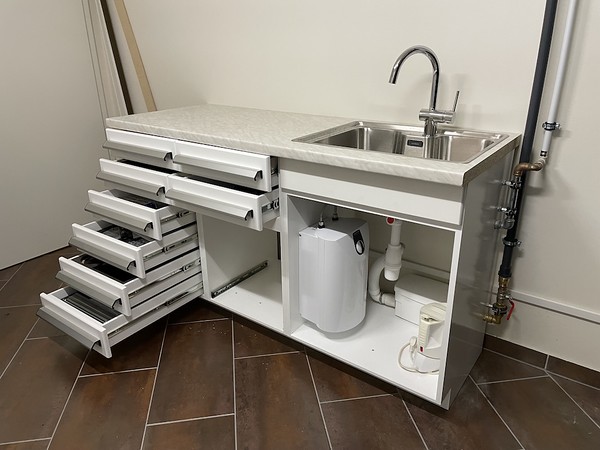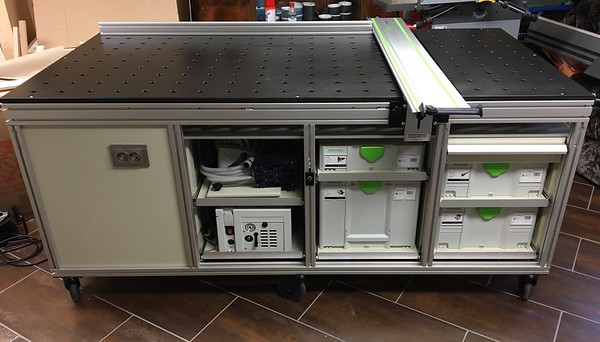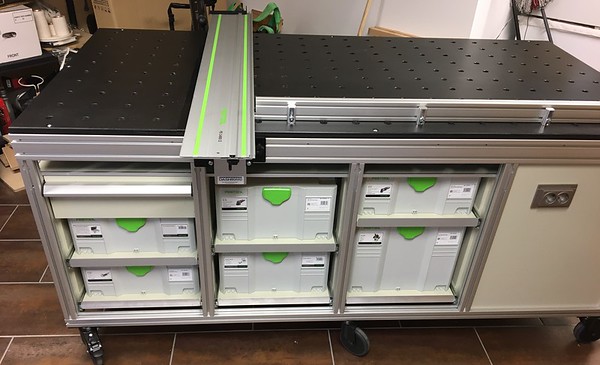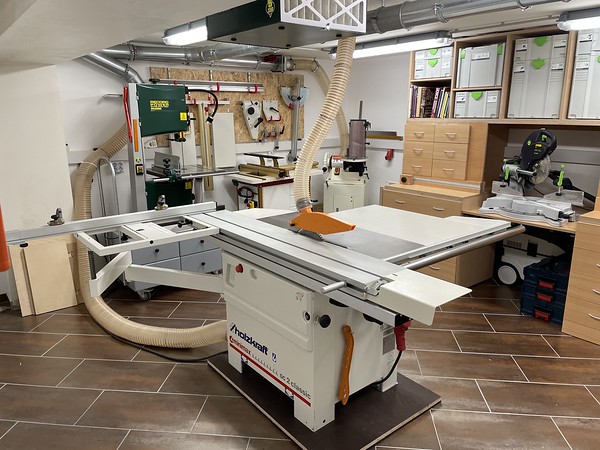I currently have a circular saw and a jigsaw, and I want a fairly foolproof way for cutting in straight lines.
I've seen various homemade guide rails that people have made for circular saws, and I've also come across these guide rails (photo attached) for £15 each.
Am I right in thinking that two of these guide rails clamped to my workbench would effectively turn my circular into a track saw? Obviously there'd be a bit of extra work checking measurements etc, but other than that I can't really see any problems.
Any thoughts or recommendations?
Budget for table or track saw would be around £150, so any recommendations for a specific piece of kit would be appreciated.

I've seen various homemade guide rails that people have made for circular saws, and I've also come across these guide rails (photo attached) for £15 each.
Am I right in thinking that two of these guide rails clamped to my workbench would effectively turn my circular into a track saw? Obviously there'd be a bit of extra work checking measurements etc, but other than that I can't really see any problems.
Any thoughts or recommendations?
Budget for table or track saw would be around £150, so any recommendations for a specific piece of kit would be appreciated.


































